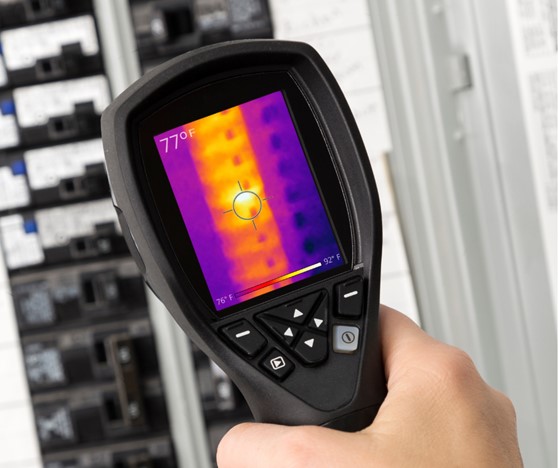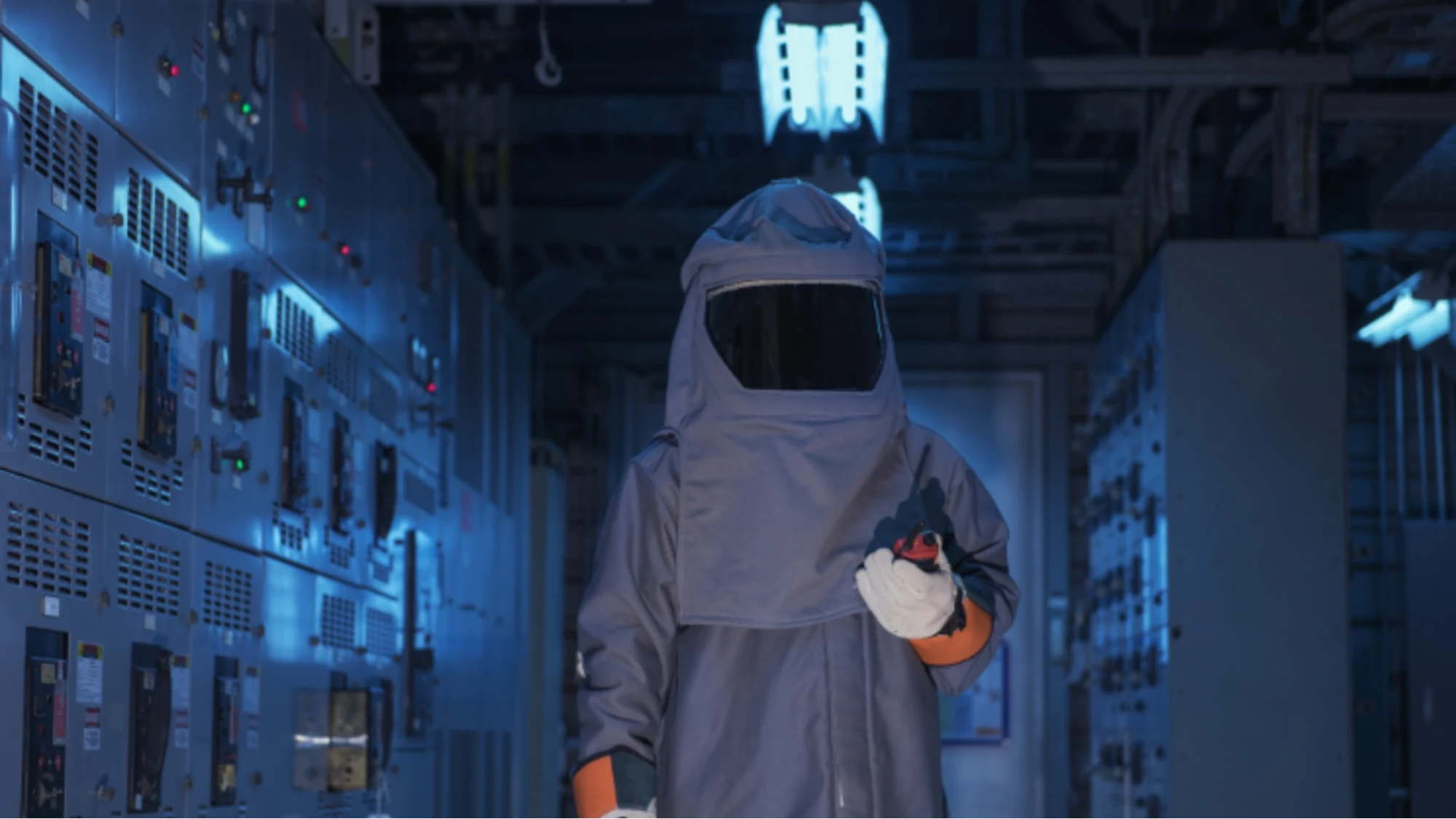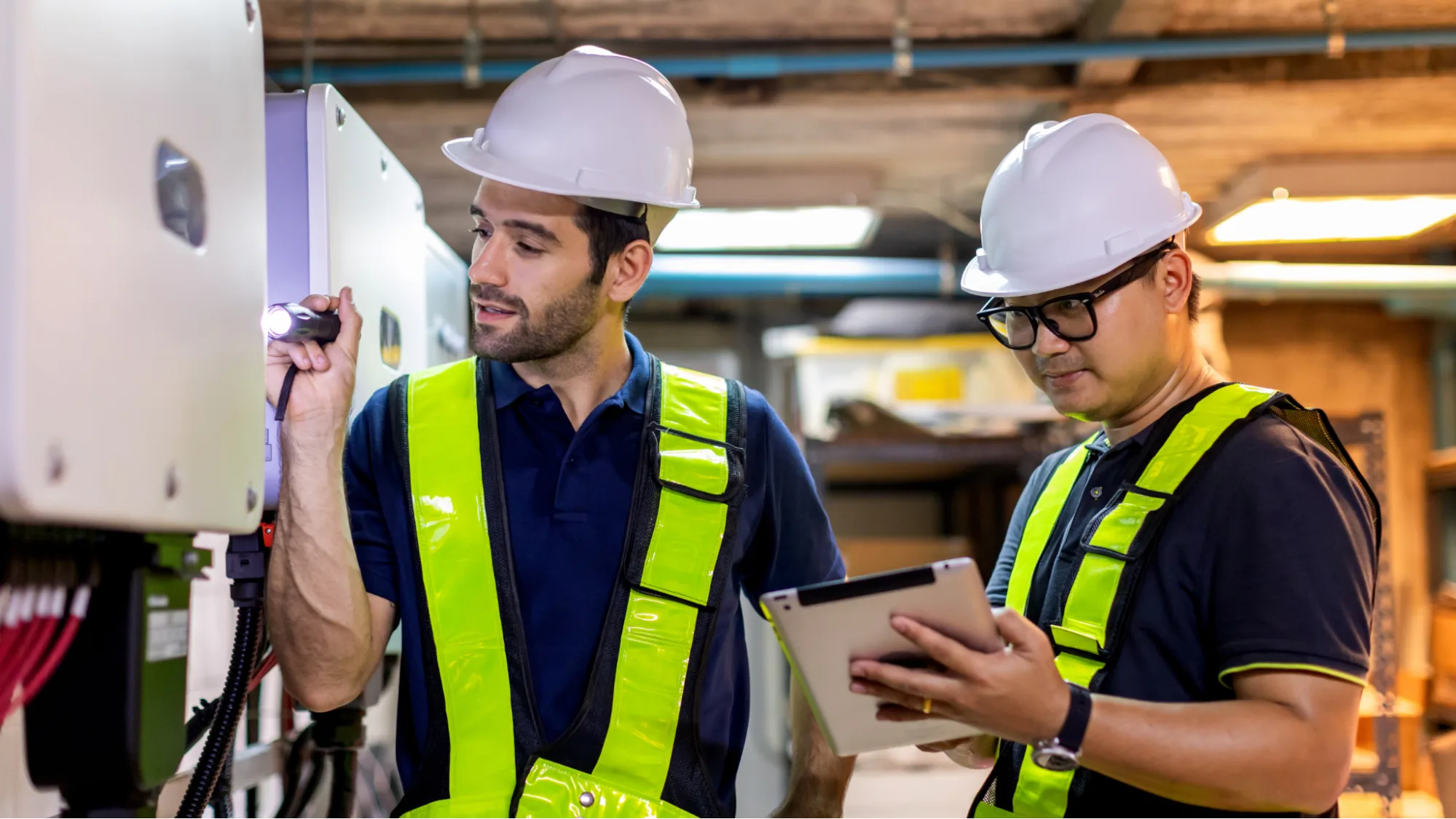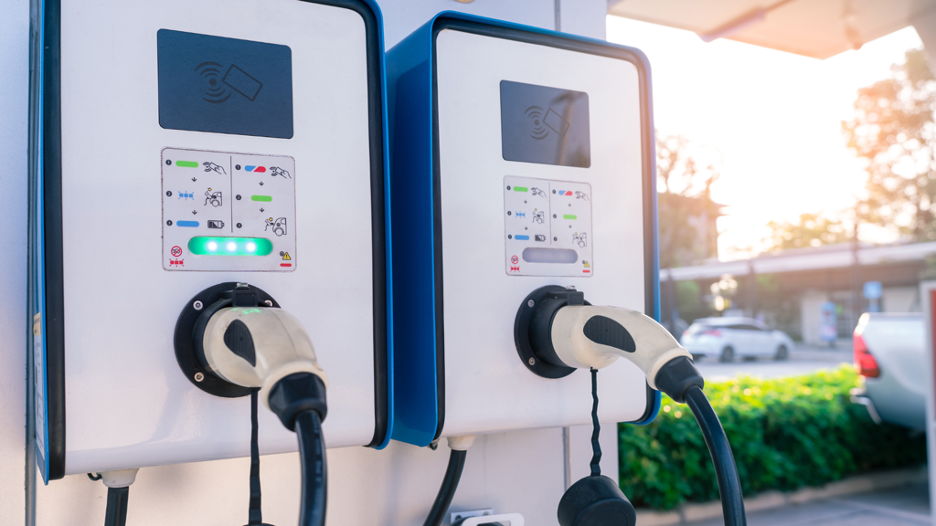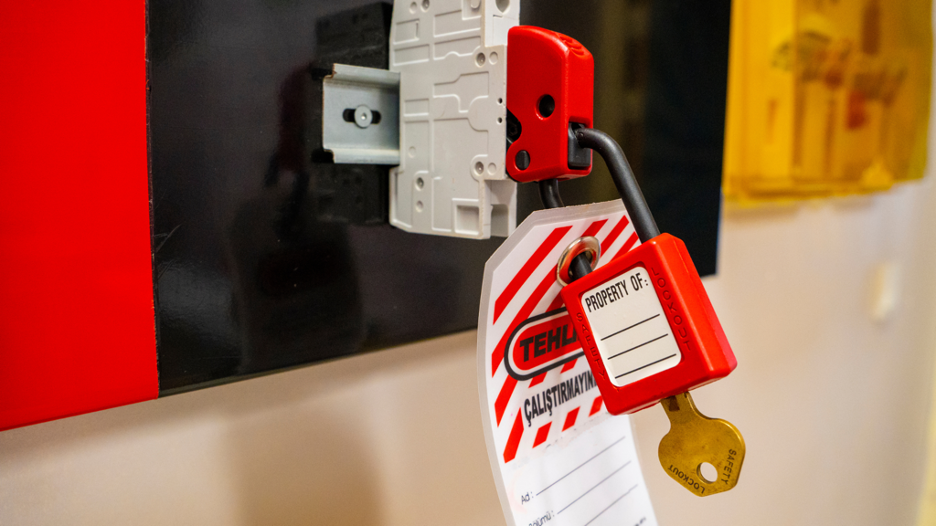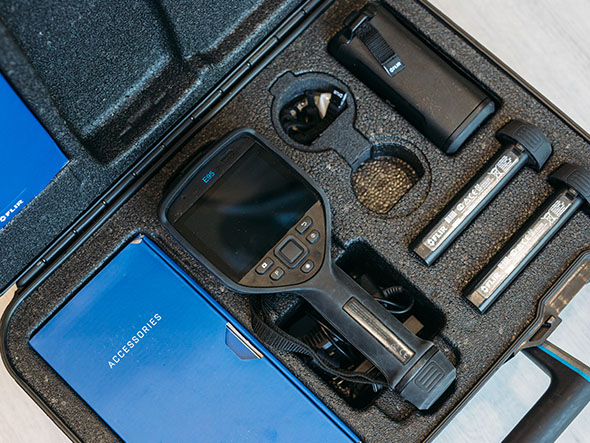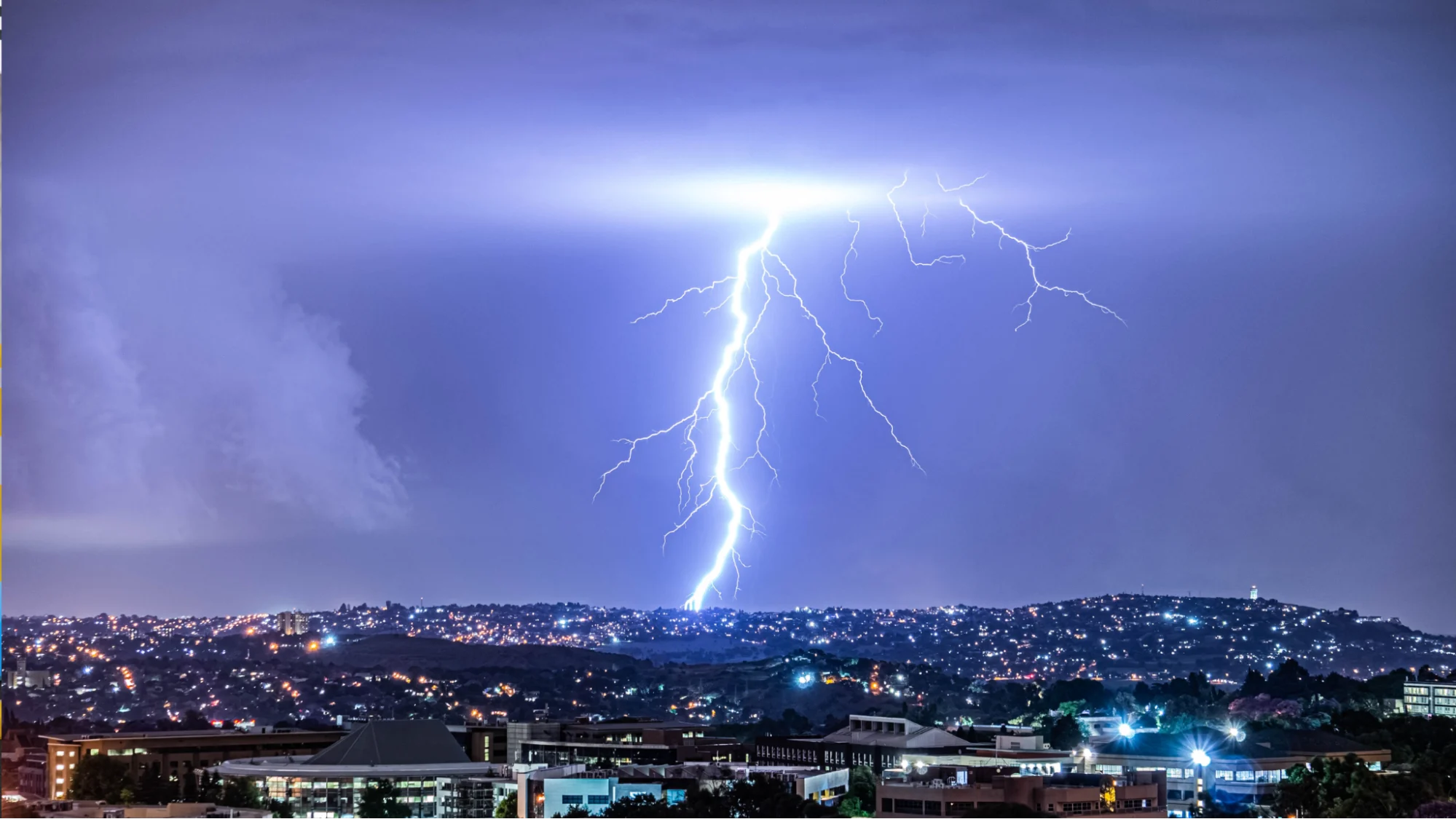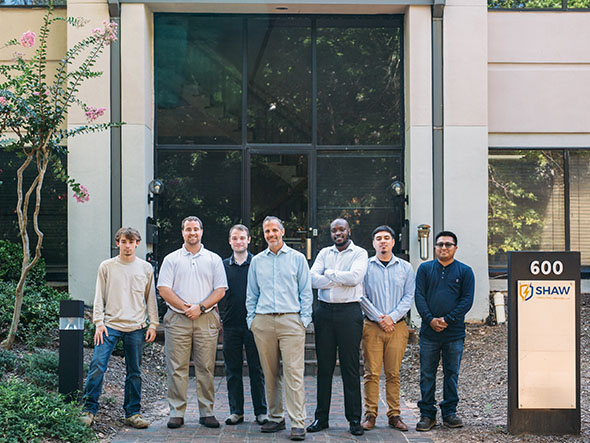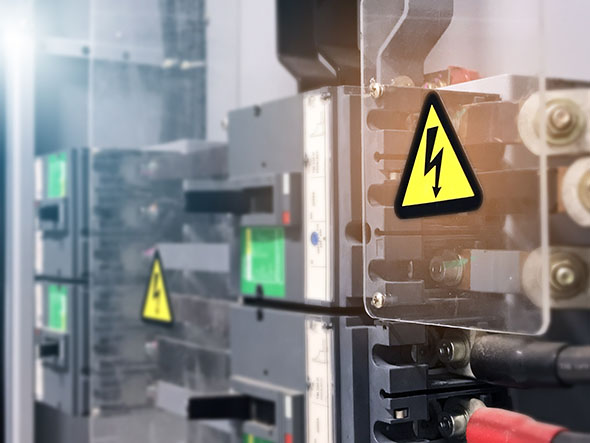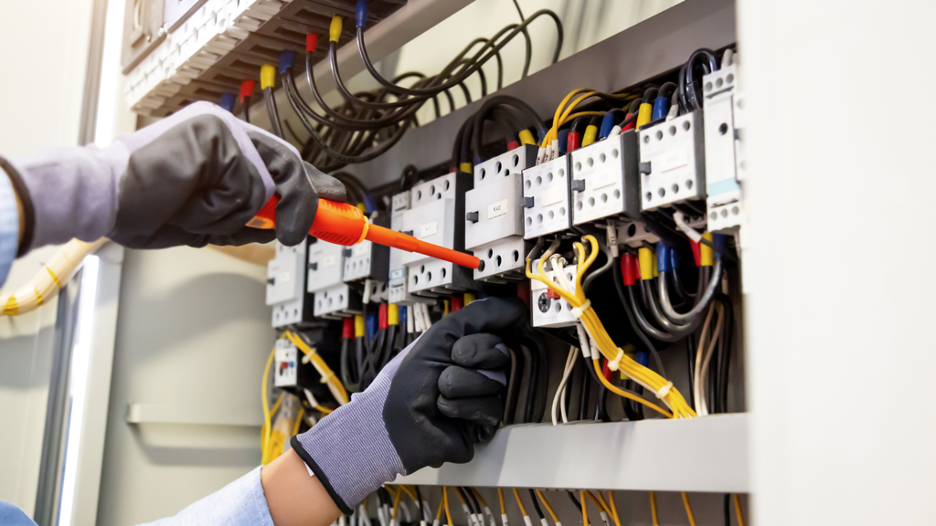If you run an industrial facility, the last thing you want is unexpected electrical failures. Not only can they disrupt production, but they can also be incredibly expensive to fix. Worse yet, electrical malfunctions often lead to dangerous situations for your workers. The good news? You can stop many electrical failures before they happen, and infrared electrical inspections are one of the best ways to do it.
In this post, we’ll dive into why infrared electrical inspections matter, how they can save you both time and money, and why they should be a part of your regular maintenance routine.
What is Infrared Electrical Inspection?
Infrared electrical inspections use thermal imaging to detect hot spots or overheating in your electrical system. This technique, known as infrared thermography, allows professionals to “see” electrical problems that aren’t visible to the naked eye. The idea is simple—by identifying areas where heat is building up, you can catch issues before they turn into full-blown failures.
It’s a non-invasive process, meaning there’s no need to shut down your equipment for an inspection. That’s a huge benefit for industries that rely on keeping their systems running smoothly without interruption.
How Does Infrared Thermography Work?
During an infrared inspection, a technician uses a thermal imaging camera to scan electrical components like circuit breakers, transformers, switchgear, and electrical panels. The camera captures the heat signatures of these components, and if something is running hotter than normal, it shows up as a bright spot on the thermal image.
In electrical systems, heat is often a sign of resistance, poor connections, overloads, or deteriorating equipment. By catching these hot spots early, you can make repairs before they lead to a complete system failure.
The Importance of Regular Infrared Inspections
Regular inspections are key to preventing surprise breakdowns. Electrical systems are constantly working, and over time, components wear down, connections loosen, and resistance builds up. That’s when the problems start.
By making infrared inspections a part of your routine maintenance, you can catch these issues in their early stages. This not only helps you avoid costly repairs but also keeps your facility running without unexpected shutdowns.
Common Electrical Issues Detected with Infrared Inspections
Here are some of the most common problems that can be identified through infrared electrical inspections:
- Loose or Corroded Connections: Loose connections cause resistance, which leads to heat buildup.
- Overloaded Circuits: An overloaded circuit can generate excessive heat, creating a fire risk.
- Worn-Out Components: Electrical parts like transformers and switchgear wear down over time, and overheating is often the first sign.
- Faulty Breakers and Fuses: Breakers and fuses that aren’t working properly can overheat, which is a precursor to failure.
All of these issues are typically invisible during standard inspections, but infrared imaging brings them to light.
How Infrared Inspections Save You Money
Let’s be honest: electrical repairs can get expensive, especially when a critical system fails unexpectedly. By identifying potential problems early through infrared inspections, you can fix minor issues before they become major ones. This proactive approach can save you thousands of dollars in repair costs.
Beyond that, avoiding unexpected breakdowns means you won’t have to deal with the costs of unplanned downtime. When production halts due to an electrical issue, you’re losing money by the minute. Regular infrared inspections help you keep everything running smoothly, minimizing those costly interruptions.
Reducing Downtime with Preventive Maintenance
Nobody wants downtime, especially when it’s unplanned. Downtime can throw off production schedules, delay deliveries, and even result in missed opportunities for business. That’s why preventive maintenance, including infrared electrical inspections, is essential.
By catching problems early, you can schedule repairs at a time that’s convenient for you—maybe during off-hours or a planned shutdown—rather than scrambling to fix a critical issue in the middle of a busy workday.
The Role of Infrared Inspections in Electrical Safety
Aside from preventing expensive breakdowns, infrared inspections play a big role in keeping your facility safe. Electrical issues like loose connections or overheating components can lead to fires or even explosions if left unchecked.
At Shaw Consulting Services, LLC, we know how critical it is to keep your workers safe. By using infrared thermography as part of your electrical safety program, you’re taking an important step toward minimizing the risks of electrical hazards.
Integrating Infrared Inspections with Lockout Tagout Procedures
You’re probably already familiar with lockout tagout (LOTO) procedures, which ensure electrical equipment is safely powered off during maintenance. While LOTO keeps workers safe during maintenance, infrared inspections work alongside this by catching electrical problems that could create a hazardous situation if ignored.
For example, loose connections or faulty components that are undetected by a LOTO inspection might still pose a fire risk. Infrared inspections add an extra layer of safety by ensuring your electrical system is operating within safe temperature ranges.
How Often Should You Schedule Infrared Inspections?
There’s no one-size-fits-all answer to this question, as the frequency of inspections depends on the type of facility and the critical nature of the electrical equipment in use. However, for most industrial facilities, an annual inspection is recommended.
That being said, certain situations call for more frequent inspections. For example, if your facility handles high electrical loads or operates in extreme environments, it’s a good idea to increase the frequency to ensure everything’s running safely and efficiently.
The Benefits of Partnering with Shaw Consulting Services, LLC
At Shaw Consulting Services, LLC, we specialize in infrared electrical inspections that help prevent costly failures and keep your facility running safely. Our team uses state-of-the-art infrared thermography to detect hidden electrical problems, and we work closely with you to schedule inspections in a way that minimizes disruption to your operations.
When you partner with us, you’re not just getting a one-time inspection. We provide detailed reports and recommendations so you can make informed decisions about repairs, replacements, or system upgrades.
Infrared Inspections for Energy Efficiency
There’s an added bonus to keeping your electrical systems in top shape—energy efficiency. When components are overheating due to resistance or overload, they consume more energy than they should. By identifying and fixing these issues early, you can reduce your energy costs and make your facility more efficient overall.
It’s a small change that can lead to big savings over time, especially in large industrial facilities where energy use is significant.
Prevent Problems Before They Start
If you’re looking for a way to stay ahead of costly electrical problems and keep your facility running smoothly, infrared electrical inspections are a smart move. They give you valuable insight into your system’s health and help you prevent issues before they turn into expensive failures.
At Shaw Consulting Services, LLC, we’re here to help you make the most of this technology. Our team will work with you to develop a customized inspection plan that meets your needs and ensures your electrical systems are operating safely and efficiently. Don’t wait for a breakdown—invest in preventive maintenance today and avoid the headaches later.

